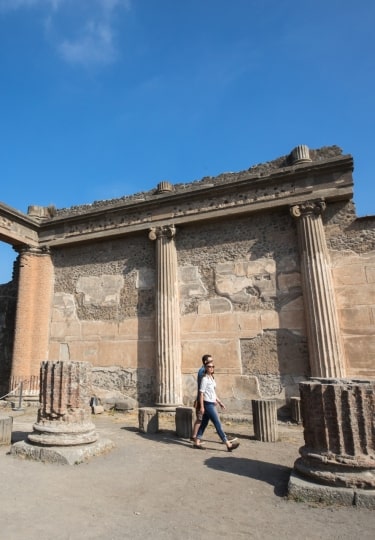Deciding which of the best historical places to visit in the world is an exciting prospect.
The sites that pack an emotional punch have to make the list; that sense of awe you feel when stepping inside the soaring interior of the Sagrada Familia, or when turning the corner to be confronted with the casts of the tragic victims in Pompeii.
Many of the world’s best historical places are also undeniably scenic—such as Dubrovnik or Machu Picchu—or are centers of influence that have shaped world history, such as the Vatican City.
For those hungry for awe-inspiring history, read on for a guide to some of the world’s must-see destinations
Colosseum, Italy
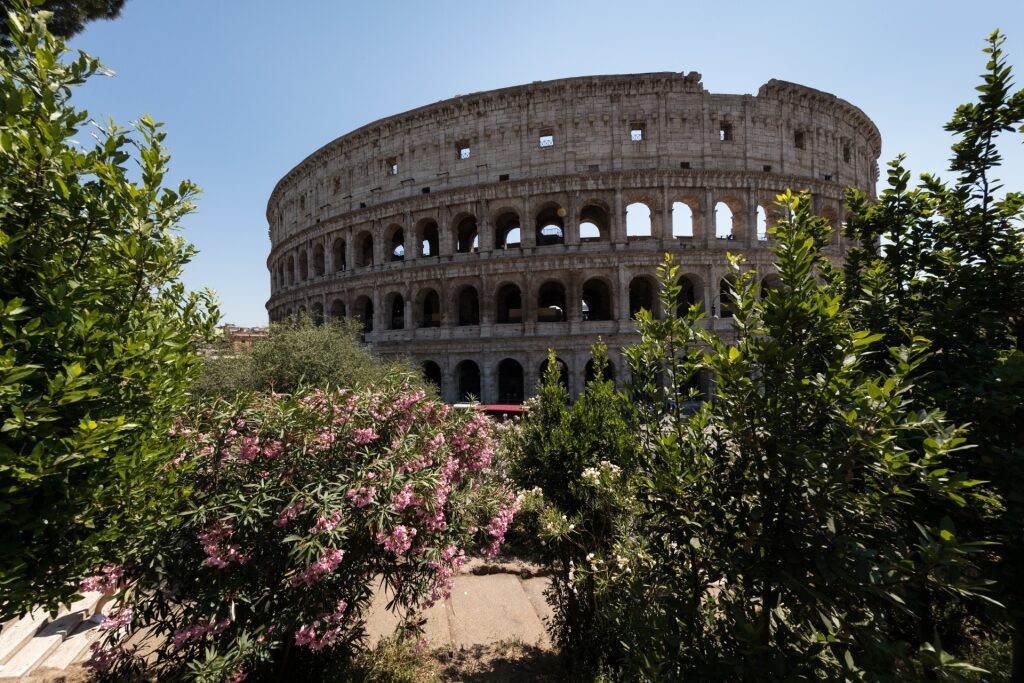
Colosseum, Italy
The Colosseum in Rome is an icon of the ancient world. It’s undoubtedly one of the most exciting historical places in the world and is located in one of the most dazzling centres of European culture as well.
The Colosseum’s tiers of classical arches are instantly recognizable and stepping onto its arena floor, while being looked down upon by tens of thousands of stone seats, is a deeply affecting experience
A tip to enjoy this Roman landmark: arrive before the relentless midday sun makes conditions significantly less bearable. The ancient Romans had a solution to this problem—the velarium, a retractable awning for the Colosseum that demonstrated yet again the engineering talents of this indomitable civilisation.
Vatican City, Italy

Vatican City, Italy
In medieval times, the Pope’s influence was equal to that of a king, and often greater. This influence was wielded from the Vatican City in Rome, long the seat of Catholic power.
This religious HQ—and the world’s smallest city-state—has its beginnings in the fourth century AD when a basilica was constructed to sit above the resting place of St. Peter. Besides its central role in Catholicism, and the place where new Popes are chosen by crimson-clad cardinals, Vatican City is also an ark of world-class art and architecture.
Examples include Michelangelo’s neck-cricking masterpiece in the Sistine Chapel; the frescoes of the Raphael Rooms; and the legacy of Bernini imprinted upon the elegant colonnades of St. Peter’s Square.
Pompeii, Italy
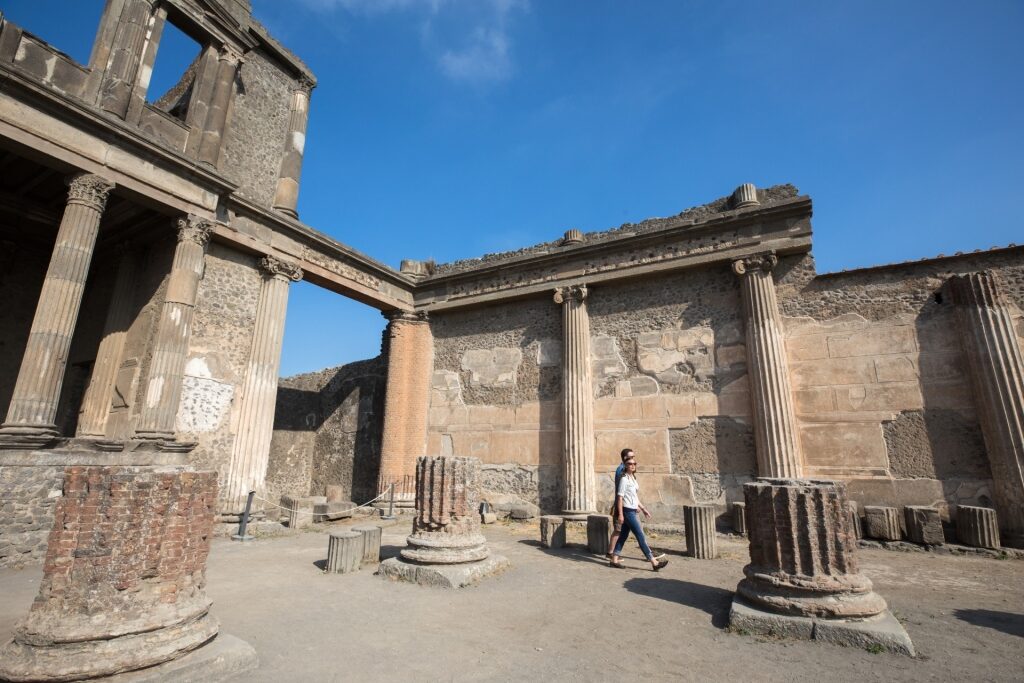
Pompeii, Italy
One of the world’s most visited archaeological sites, Pompeii is a hallowed historical ground found just outside of the charismatic city of Naples.
While Vesuvius erupted in 79 AD, it wasn’t until 1748 that this wealthy Roman town on the edge of the azure Gulf of Naples was uncovered. What was discovered was a revelation: the ancient town had been beautifully preserved beneath the volcano’s downpour of pumice, ash, and molten rock.
What’s even more remarkable is how this vast open-air museum continues to yield new treasures, such as the recently opened House of Phaedra. Pompeii is easily one of the best historical places to visit in Europe, and the world.
Acropolis of Athens, Greece
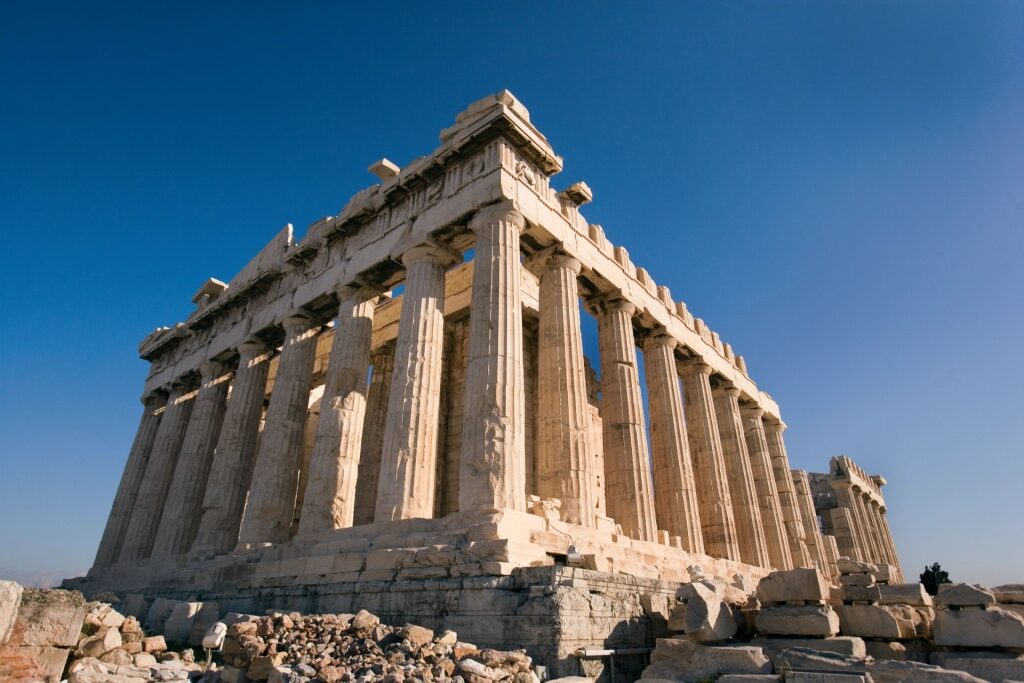
Acropolis of Athens, Greece
The symbol of the Athenian Golden Age, the Acropolis and its temples rise above the city’s urban sprawl like the summer home of Zeus and Hera. As dusk falls in Athens and the Corinthian columns and once ornate tympanums are illuminated, it looks even more striking than in the day.
One of the best historical places to visit—and one of the most recognizable—the Acropolis’s rocky bed was the foundation for an ancient Athenian religious center. In the stately Parthenon, Athena, the goddess of wisdom and patron of the republic, was venerated.
Emblematic of the zenith of ancient Greek thought, the UNESCO-listed Acropolis speaks eloquently of the philosophical leaps and ideals of democracy that this civilisation nurtured.
Sagrada Familia, Spain

Sagrada Familia, Spain
The masterpiece of visionary architect Antoni Gaudi, the Sagrada Familia is the largest place of worship in Barcelona. This basilica, with its organic architecture and soaring pinnacles, is undeniably one of the most distinctive buildings in the world.
Its tallest tower reaches up to 279 feet—about the same height as New York’s Flatiron Building—while it can seat approximately 9,000 people within its fairy tale, nature-inspired interior. Gaudi’s concept is an architectural tribute to nature and religion, expressed through the fusion of Gothic and Art Nouveau.
Work on the building began as far back as 1882—something that’s easier to digest when you step through its immense front door, the bronze inscribed with a line of the Lord’s Prayer in 50 different languages.
Alhambra, Spain

Alhambra, Spain
A unique work of art wrought over a million and a half square feet, the Alhambra is a fortress arrayed upon the Sabika Hill above the southern city of Granada.
The royal residence of the Nasrid sultans before it became the court of Ferdinand and Isabella following the 1492 Christian reconquest, the palace is a synthesis of Islamic architecture with Renaissance modifications. It’s one of Spain’s most awe-inspiring palaces.
This self-contained city is full of treasures to discover, from the intricate mosaics in the Nasrid Palaces to the fountain-cooled breezes of the Generalife Gardens.
Stonehenge, England
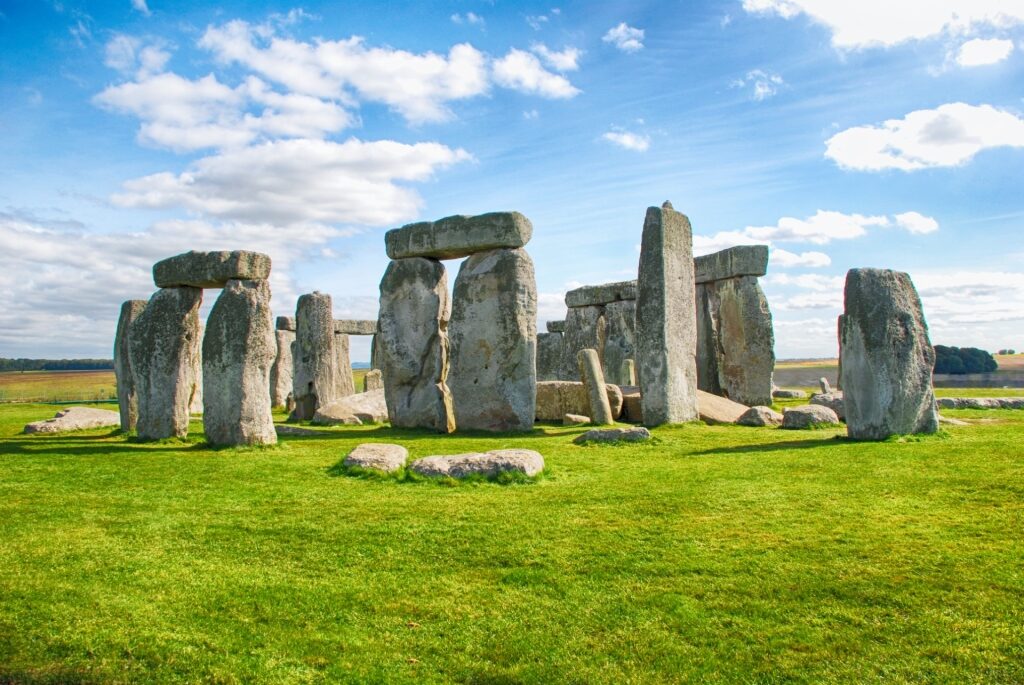
Stonehenge, England
England’s medieval heritage often has primacy when people think of the best historical places to visit in the UK. However, the neolithic Stonehenge, that mysterious circle of stones casting their long shadow on Salisbury Plain, is arguably the most instantly recognizable of all of England’s landmarks.
Built between 2600 and 2400 BC, it’s believed that the stone circle was used for ceremonies and festivals, similar to the Druidic celebrations that today take place during the summer and winter solstices. The circle has also acted as a burial place for the elites of the neolithic period.
Mysteries still surround this remarkable piece of history, such as how the bluestones were transported from coastal Wales to the south-east of England—over 140 miles. Learn more on your visit to the site’s informative visitor centre.
Eiffel Tower, Paris

Eiffel Tower, Paris
A symbol of the City of Light’s reputation as a sanctuary for sophistication and free ideas, the Eiffel Tower was originally intended to be a temporary structure constructed for the 1889 World’s Fair.
Engineer and designer Gustave Eiffel produced this wonderfully pointy edifice as a way of projecting France’s style and engineering nous to the fair’s international audience. The lattice design, subsequently copied for electricity pylons, was an innovation in wind resistance while using as little wrought iron as possible.
Today, the tower is the centerpiece of major events and celebrations in Paris. You can eat in the tower’s restaurants, or take a peek at Eiffel’s private study concealed in the structure at over 900 feet up above the park below.
Edinburgh Castle, Scotland

Edinburgh Castle, Scotland
Edinburgh Castle dominates Castle Rock in the center of the city. Dating back to the 11th century, there’s evidence of an Iron Age hill fort preceding the castle on this strategically placed crag.
A military stronghold and royal residence, the castle has been a silent witness to much of the history that Scotland is known for, from the Wars of Independence to the Jacobite Uprisings.
On a visit, you’ll tour the Great Hall, delve into Scotland’s National War Museum, and step into the 12th century St. Margaret’s Chapel—the castle’s oldest section, once sacrilegiously used as a store for gunpowder.
Blarney Castle, Ireland
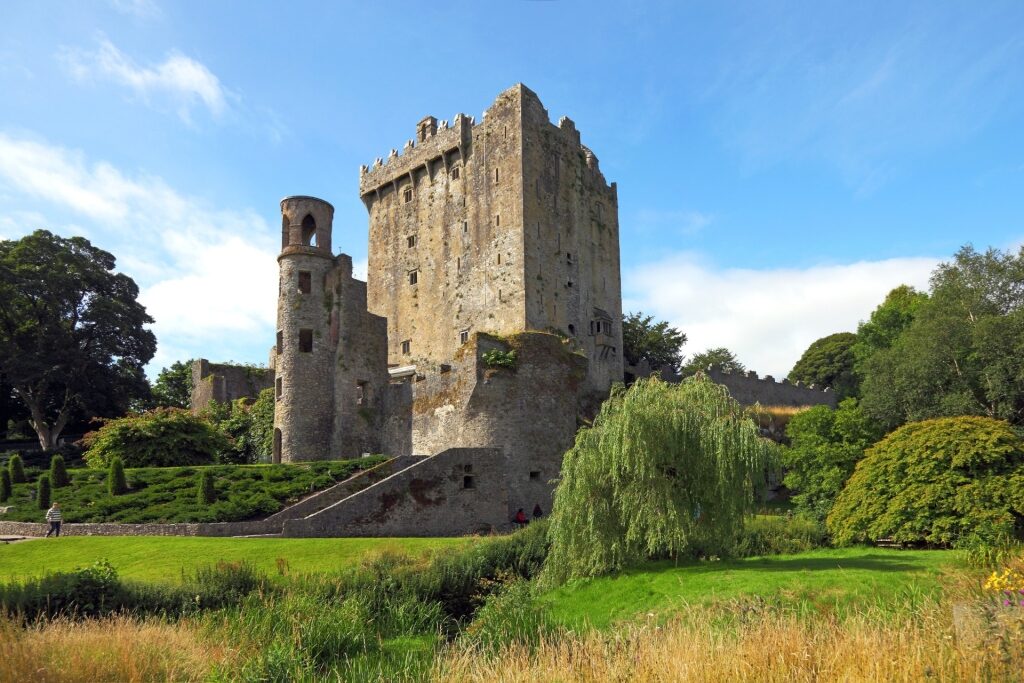
Blarney Castle, Ireland
Blarney Castle, an imposing medieval stronghold in Ireland’s County Cork, is most famous for the unusual tradition of kissing a stone found at the top of its tower.
The tradition of kissing the Blarney Stone stems from a 15th century legend. The tale goes that an Irish nobleman was endowed with the eloquence to win a legal case after he’d kissed this particular part of his property.

Blarney Castle, Ireland
This fun story contributes to making the castle one of the best historical places to visit in Ireland. The castle’s place in Irish history is also of interest. A wooden framed structure, when it was founded around 1200 AD, the stocky stone renovation, eventually finished in 1446, allowed the MacCarthy clan to expand their influence.
Since then it’s changed hands many times through the centuries—often against the owner’s will. The castle gardens are also very attractive for a stroll, and include an educational Poison Garden filled with toxic plants. Don’t kiss these.
Hagia Sophia, Turkey
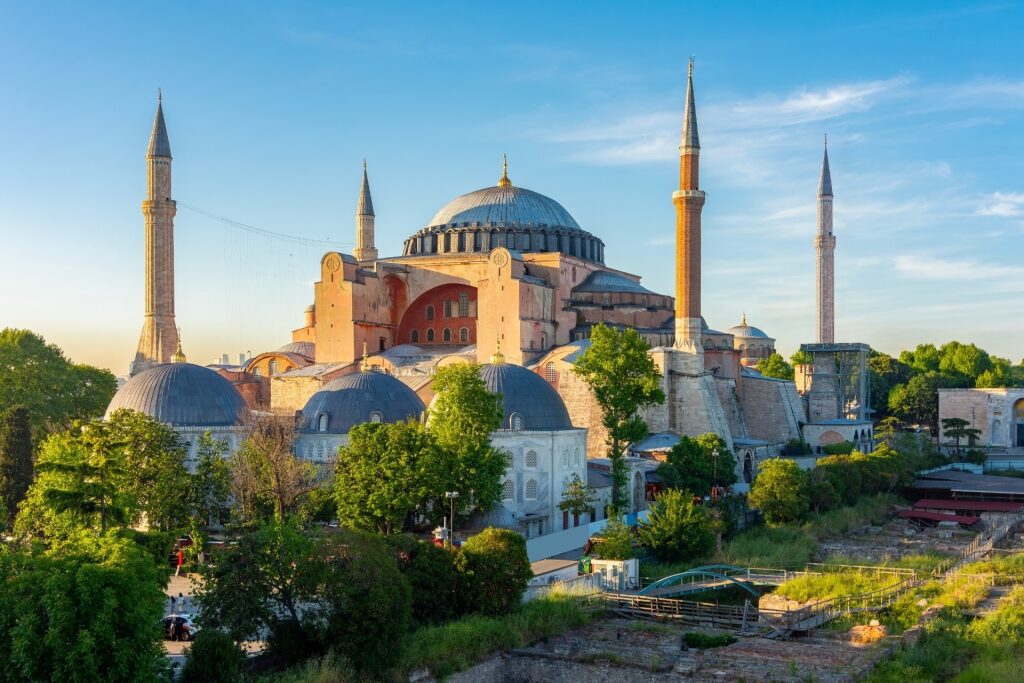
Hagia Sophia, Turkey
Easily one of the best historical places to visit, the Hagia Sophia was once the largest cathedral in the world.
Despite the tranquil vision visitors to Istanbul see today, with its floating dome and sleek minarets, this is its third iteration—the Hagia Sophia was destroyed twice before this version was completed in 537 AD by the Byzantine Emperor Justinian I. Following the Ottoman conquest of the city in 1453, the edifice switched codes from Christian to Islamic. It then became a museum—and is now once again a mosque.
Today, visitors marvel at the mosque’s multi-faith blend of Byzantine mosaics and Islamic calligraphy. Look out for the intricate marble flooring called the Omphalion where new Byzantine Emperors were crowned.
And if you’re suffering from a cold, place your thumb over the hole of the weeping column in the hope of your sinuses being miraculously cleared.
Ephesus Archaeological Site, Turkey
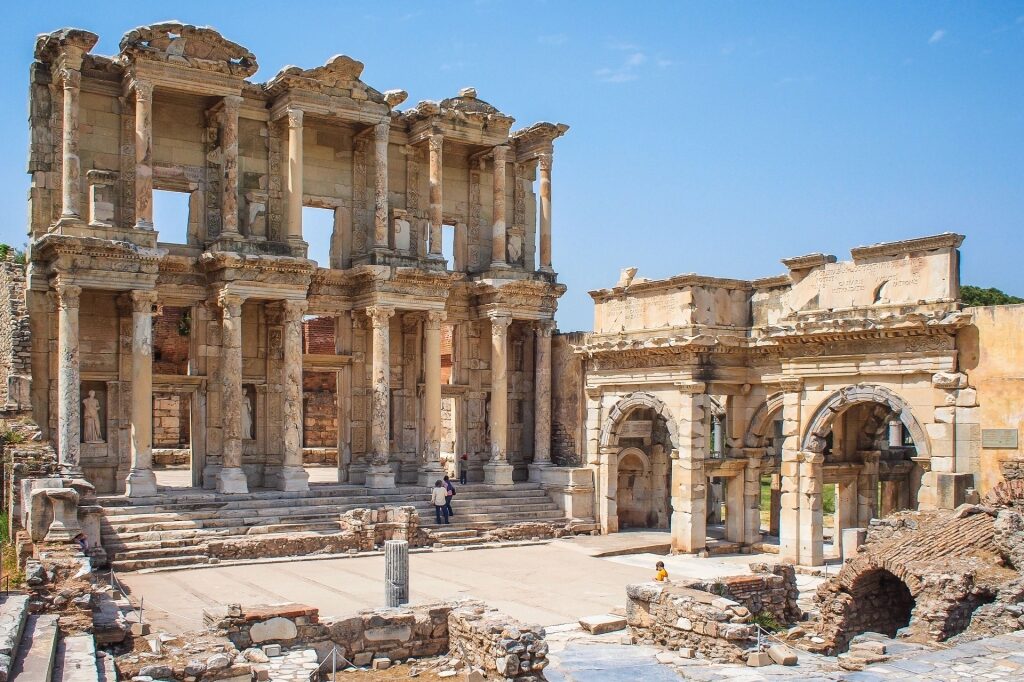
Ephesus Archaeological Site, Turkey
The archaeological site of Ephesus is sunk amid the rolling green hills of Turkey’s Aegean coast hinterland.
At its height, Ephesus was a center of culture and maritime commerce, and home to the Temple of Artemis—one of the Seven Wonders of the Ancient World. This once significant city passed through the hands of the ancient Greeks and the Romans, before the Goths and an earthquake provided a devastating end to its impressive history.
What remains hints intriguingly of its past glories. Remnants of the Temple of Artemis can be seen, although the highlight in this vast site is the Library of Celsus—once one of the world’s largest stores of knowledge.
Dubrovnik, Croatia
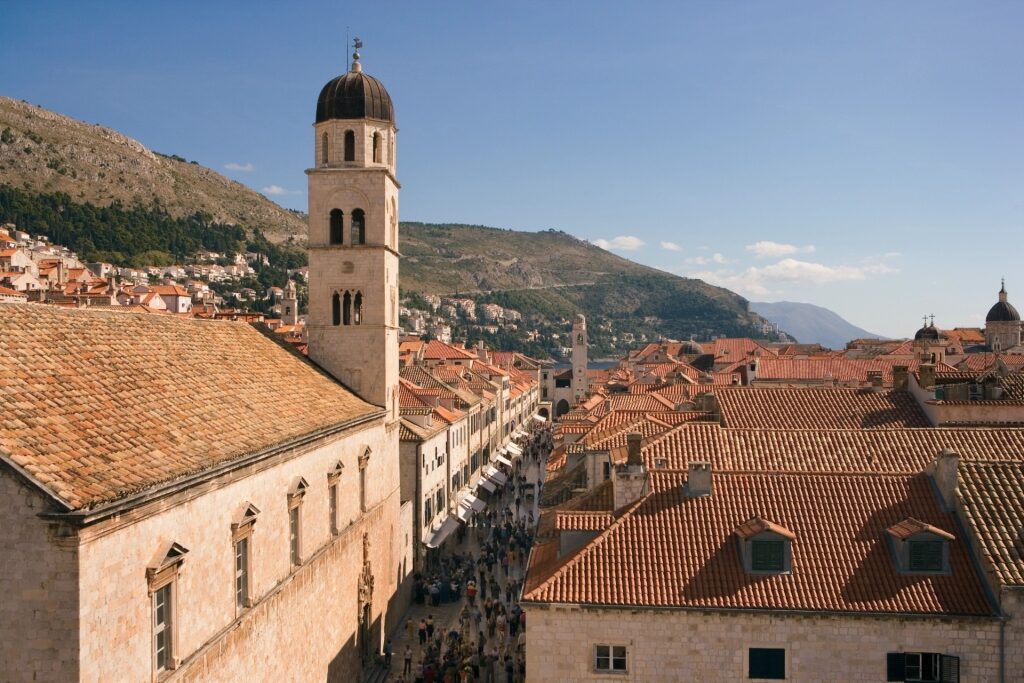
Old Town Dubrovnik, Croatia
Once a powerful maritime republic, Dubrovnik today is a gorgeous coastal city in Croatia’s sunny south.
Despite earthquakes, invaders, and the ravages of time, Dubrovnik’s medieval history is visible everywhere you turn in its UNESCO-listed Old Town. There’s the Gothic-Renaissance Rector’s Palace with its elegant porch, the Sponza Palace with its Venetian stylings, and the gleaming corridor of Stradun, the spacious flagstoned main street.
Perhaps the highlight, however, is walking the intact city walls for spellbinding views over the city and towards the lush islands just a short ferry hop away.
Kinkaku-ji, Japan

Kinkaku-ji, Japan
Kinkaku-ji, the Muromachi Period retirement villa turned Zen temple, is a must when visiting Kyoto.
A vision in gold leaf, its name translates as the Golden Pavilion. Built for a medieval shogun in which to while away his retirement, Kinkaku-ji evolved to become an important temple after his death. What you see before you, however, is not the real Golden Pavilion, but a painstaking re-creation after a fire engulfed the original in 1955.
Architecture fans will adore the different styles as you ascend through the structure’s three storeys, while gardening devotees will find the strolling garden—and the mirror pond—the undeniable highlight.
Machu Picchu, Peru

Machu Picchu, Peru
Very little compares to hiking the Machu Picchu trail, emerging from the rainforest, and finally seeing the eponymous Incan citadel laid out before you.
Lost to nature until uncovered by American explorer Hiram Bingham at the beginning of the 20th century, this UNESCO World Heritage Site acted as a royal getaway and/or as a spiritual center.
The heavy, ingeniously cut stones of the Incan builders have seen the citadel weather its abandonment well. A guided tour of its temples and terraces swiftly raises the ghosts of this once great empire in the visitor’s imagination.
Anne Frank House, Netherlands
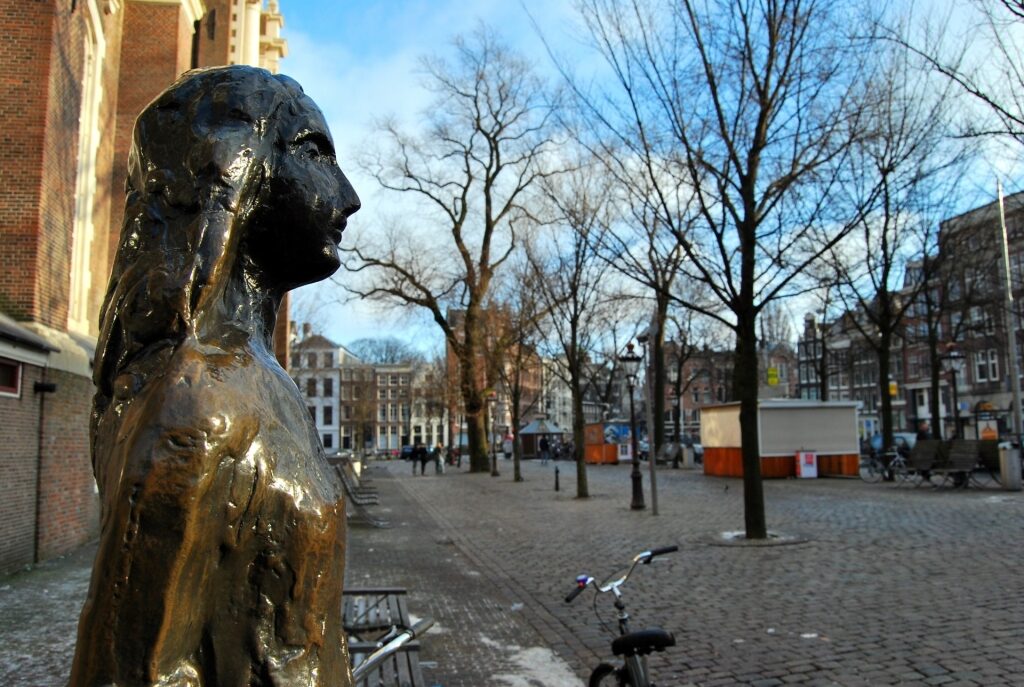
Anne Frank House, Netherlands
Easily spotted by its perpetual line of visitors, the Anne Frank House on the Prinsengracht Canal is one of the most poignant corners of Amsterdam, if not the world.
If you’ve read Anne Frank’s diary ahead of your visit, the experience is all the more affecting. On the ground floor, you’ll find a museum dedicated to the house, WWII, and the Frank family. Afterwards, you’ll make your way up into the attic, the stairs concealed behind a bookcase.
With your tread creaking the old boards, you’ll eventually reach the reconstructions of the rooms above. The innocence on show in Anne’s room, set against the horrors that unfolded, deliver a remarkable emotional punch that’ll linger with you long after you return home.
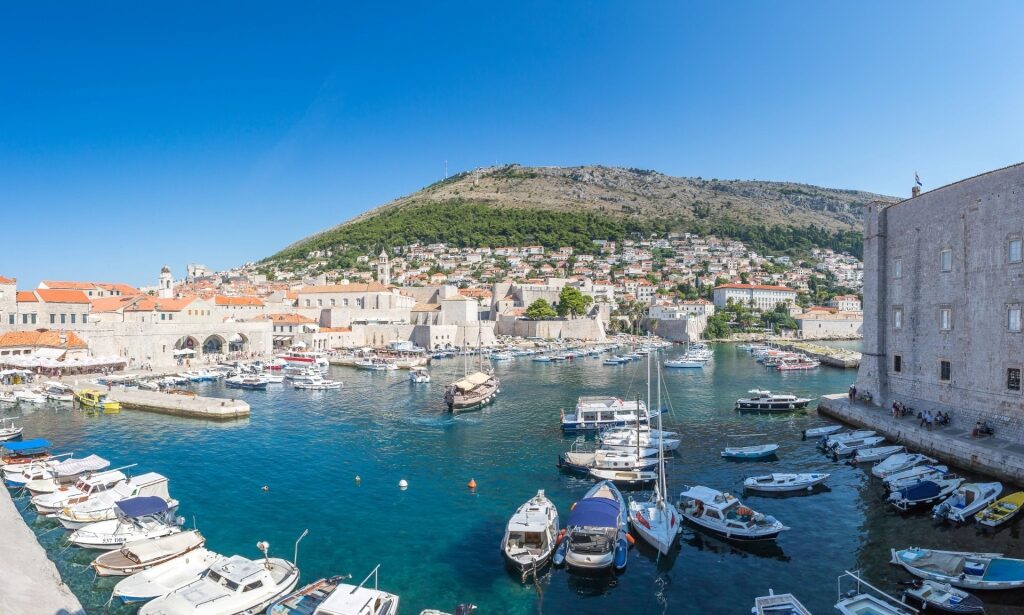
Dubrovnik, Croatia
Tick off some of the most historical places in the world on a cruise to these incredible destinations. Browse Celebrity’s cruises and book your next heritage-steeped vacation.
